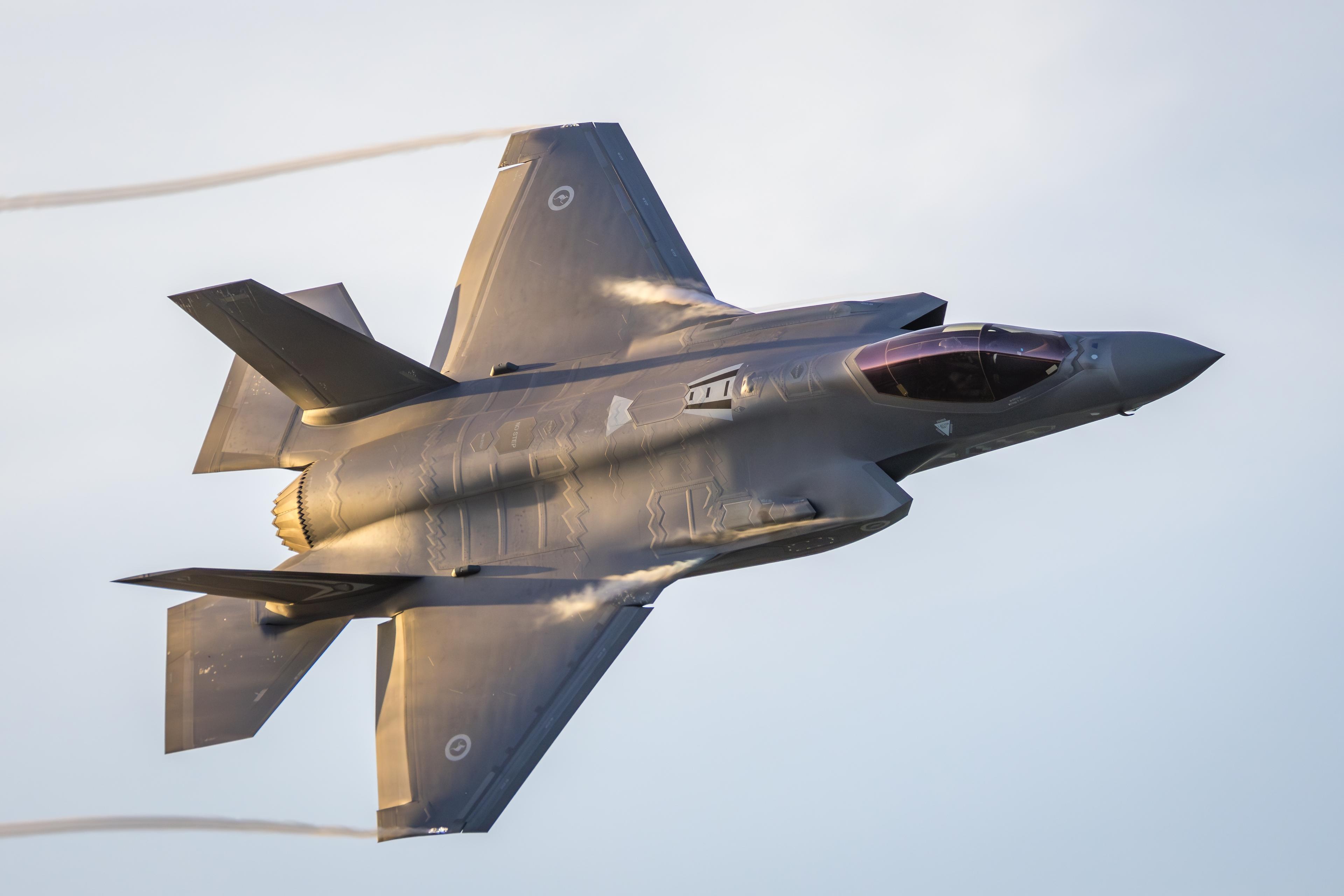Tech Developments
The race to develop next-gen fighter jets – Here's what to know
World powers are racing to be the first to develop sixth generation fighter jets, which will incorporate AI to become incredible fighting machines.

A global competition is heating up to develop sixth-generation fighter aircraft that could revolutionize aerial warfare after 2030, with advanced AI capabilities and groundbreaking features that sound like science fiction.
Next-generation fighters will reach speeds up to 2.5 Mach, far exceeding current F-35s that top out at 1.6 Mach. They'll incorporate full stealth capabilities, AI-powered pilot helmets, autonomous drone squadrons, and advanced communication systems that fundamentally change aerial combat.
"At the core of these new developments is increasing effectiveness," says Brigadier General (Ret.) Israel Shafir, former commander of Israel's Flight School. "While we'll pay more for each aircraft, we might need fewer of them overall."
The United States is leading development with two parallel programs: the Air Force's NGAD (Next Generation Air Dominance) and Navy's F/A-XX program. The Navy is expected to award major contracts soon to either Boeing, Lockheed Martin, or Northrop Grumman.
China has reportedly reached advanced development stages, leveraging its strong manufacturing capabilities. Already producing over 200 fifth-generation J-20 fighters annually, Beijing's program remains largely secretive but is considered well-positioned in the race.
International collaboration is also reshaping the competition. The UK, Italy, and Japan have formed a partnership, while France, Germany, and Spain work on a separate FCAS project. Sweden's Saab has revealed independent concepts, showing smaller nations can still compete in advanced aerospace development.
The most revolutionary aspect is artificial intelligence integration. Next-gen fighters will feature helmets that learn pilot behavior patterns, AI systems that can fly while pilots focus on combat, real-time health monitoring of pilots, and advanced target acquisition systems.
"The speeds will be higher and flight time will be significantly reduced," explains Brigadier General (Ret.) Pini Yungman, former head of Rafael's Air Defense Division. "These aircraft will be able to cross large distances quickly, changing how we think about air superiority."
While sixth-generation fighters won't be operational until after 2030, some are already planning seventh-generation aircraft for 2070. These could feature 3D-printed metal components, fully autonomous capabilities, and optional piloted missions, pushing the boundaries of what's possible in aerial warfare.
The future of aerial warfare is rapidly approaching, and it's more advanced than anyone imagined. With billions being invested worldwide, the race for air superiority continues to accelerate.
Globes contributed to this article.